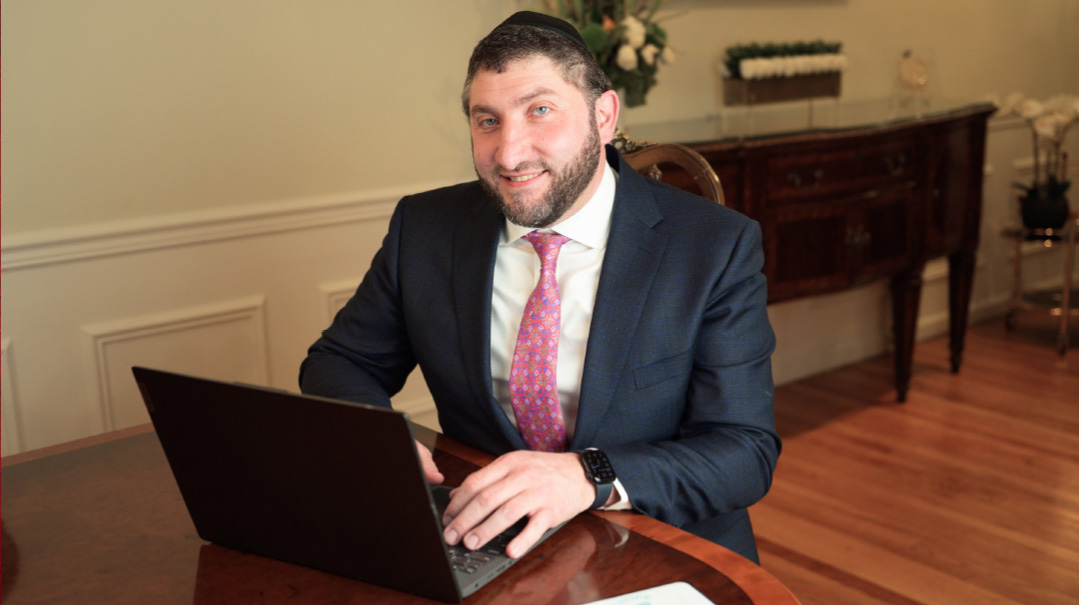Rare Ray of Hope

A seasoned veteran of illness, Yehuda Gelman doesn’t want others to do it alone

"My childhood pediatrician told my parents I’d never ride a two-wheeler bike for more than a block. Just recently, I biked 100 miles on the boardwalk.”
Yehuda Gelman shared this triumph on the welcome page of his website. “I think those of us with rare conditions have an extra dose of fight in us. It takes courage, it takes perseverance, it takes looking fear in the face and moving forward anyway. But we can’t do it alone.”
That last line sums up best what drives Gelman’s work, and the organization he runs called Highway of Hope, which advocates for services and benefits, as well as offering one-on-one support and mentoring to patients with rare illnesses.
Gelman, who lives in Far Rockaway with his wife, Tzipora, and five children, has the twin illnesses of Dandy Walker Malformation and hydrocephalus, diseases on the official “rare diseases” list. As per the Orphan Drug Act, signed into law in 1983, a rare disease is one that affects less than 200,000 patients in the US. He also suffers from cerebral palsy.
Despite his daunting diagnosis, Gelman leads a conventional life, for which he credits his parents, Rabbi Yosef and Chaya Gelman. Rabbi Gelman was principal in Torah Academy for Girls, or TAG, before he opened Masoros Beis Yaakov in Flatbush, and Mrs. Gelman runs a special education preschool in Queens. Rabbi Gelman has since also started Bnos Esther Malka in Lakewood, where Yehuda works.
“I had a carefree childhood. Really. I was a happy-go-lucky kid,” Gelman says. “My parents did tons of chesed for me. But probably the biggest chesed — which I didn’t even understand until I was older — is that they never considered me to be disabled in any way.”
He recalls that his parents were eligible for a handicapped parking pass, but they didn’t take it.
“ ‘Why didn’t you get it?’ I once asked my father.
“And he answered, ‘Because you’re not disabled.’
“ ‘I have a hard time walking,’ I answered.
“ ‘You are not disabled,’ he insisted.
“My parents created an atmosphere that I was a regular kid. And you know what? I always thought of myself as a regular kid.”
Yehuda attended Yeshiva Darchei Torah in Far Rockaway, and he credits Rabbi Shmuel Strickman, Darchei’s elementary division menahel, and Mr. Richard Altabe, Darchei’s secular studies principal, with helping get him through life.
“They were my lifelines, my rocks,” he says.
Oops! We could not locate your form.







